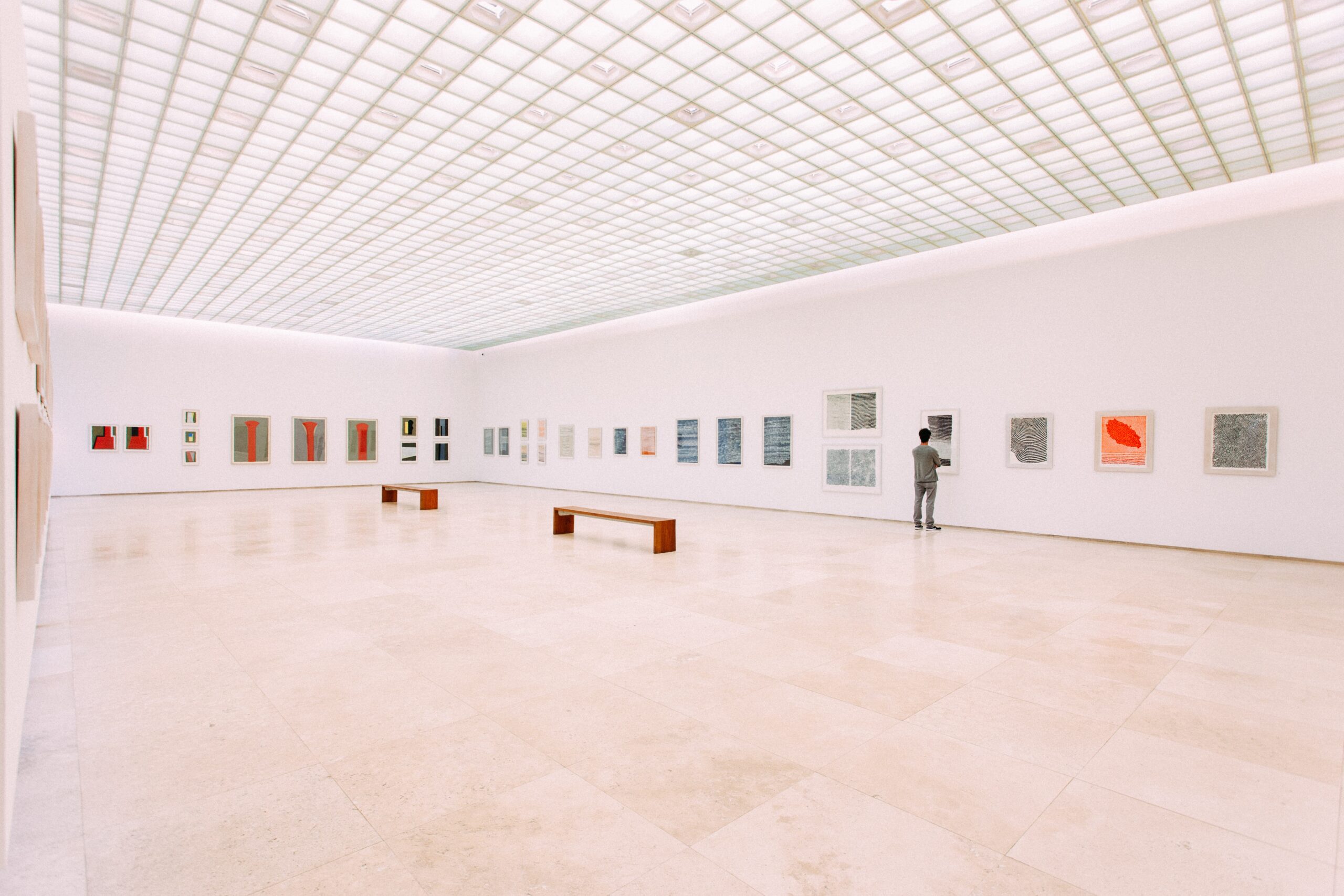In anticipation of Rosalyn Cama’s appearance at Lightfair (Philadelphia, May 17-19), my eagerness to delve into the profound intersection of light and health prompted an engaging conversation with the principal of CAMA, Inc. A personal history entwined with hospitals, both as a patient and a visitor, fueled my curiosity about transforming the often dreary healthcare environments. With Rosalyn’s expertise as an interior designer, researcher, and healthcare consultant, our discussion unveiled the pivotal role of lighting design in the pursuit of well-being.
A Journey through Evidence-Based Design
As an advocate of Evidence-Based Design (EBD), Rosalyn elucidated how this process shapes decisions grounded in credible research to optimize outcomes. Beyond a mere methodology, EBD serves as a conduit to create “Places of Wellbeing.” The path she treads involves interior design strategies informed by data, steering towards solutions that enhance the human experience and foster overall wellness.
Illuminating the Path to Health
Rosalyn’s Lightfair topic, “Lighting Design for Health and Healing,” addresses the urgent need to rectify the subpar lighting prevalent in healthcare settings. Armed with insights into daylight, sun orientation, and circadian rhythms, informed decisions can counter the adverse effects of artificial lighting on interior occupants. Her upcoming presentation promises to initiate an informed dialogue among design stakeholders, emphasizing the profound impact of natural light qualities.
Data-Driven Advocacy for Better Lighting
Rosalyn substantiates the call for improved lighting in healing environments with compelling data. From financial implications for hospital administrators to stress reduction for patients, the merits of enhanced lighting are multifaceted. Her findings underscore that a well-lit path in healthcare facilities can translate into substantial annual savings and improved staff satisfaction, with access to natural light emerging as a powerful influencer of patient well-being.
Bridging Daylighting and Artificial Lighting
In navigating the delicate balance between daylighting and artificial lighting, Rosalyn emphasizes the oversight of architects and developers in considering the sun’s orientation during building siting. The impact on recovery times, medication requirements, and overall well-being necessitates a holistic approach that combines the strengths of both natural and artificial lighting.
The Paradigm Shift: Slow but Steady
Acknowledging the gradual embrace of daylighting’s importance, Rosalyn cites ongoing studies measuring the impact of increased access to daylight. Drawing from her experience in projects like the Dublin Methodist Hospital, where efforts to enhance daylight access are underway, she anticipates scientific validation of the perceptible improvements in interior experiences.
Conclusion: A Brighter Future
As we look toward a future where design choices significantly contribute to well-being, Rosalyn Cama’s insights illuminate the path forward. The fusion of evidence-based design principles and a comprehensive understanding of lighting’s impact on health promises a brighter, healthier future for interior spaces.





